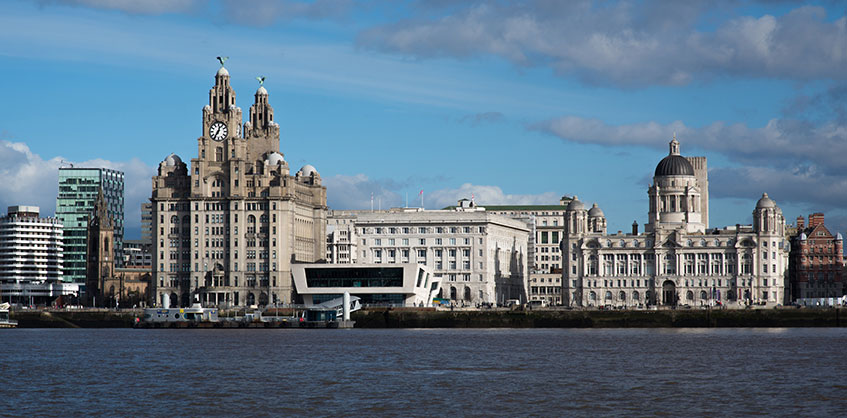“Keep going.” This is the advice given by Lord Heseltine to Liverpool as the city moves ahead with its regeneration ambitions.
Heseltine spoke at a roundtable hosted by Grosvenor to mark 40 years since the start of Liverpool’s regeneration journey, spelling out what he sees as the key ingredients that make regional cities thrive.
Heseltine, who was once dubbed the “minister for Merseyside” for his work in the 1980s to help the city recover from the Toxteth riots, said his redevelopment strategy for Liverpool was mostly built on the rebuilding that took place after the Battle of Cable Street in London’s East End during the 1930s.
“I had seen the development in east London, and I wanted to create a development corporation [in Liverpool] in order to begin the process for regeneration,” Heseltine said, adding that the newly established entity was focused on clearing the countryside of extractive industries and bringing back to life derelict land in the city.
But knocking down old buildings and replacing them would have hurt both the historical and cultural heritage of the city, which Heseltine aimed to preserve. “The Albert Dock was going to be demolished,” Heseltine said. “I had promised to stop it and I stopped it.”
The Merseyside Development Corporation has revamped the site into new homes, shops and cafes. Earlier this year, the scheme changed hands in a £40m deal. Its new owner, a joint venture between General Projects and Neo Capital, is set to turn the dock into “the most exciting experiential and authentic destination in the UK.”
Liverpool’s wider regeneration journey had begun with Heseltine reaching out to the local community, businesses and stakeholders in order to draft a list of 30 opportunities that could kick-off the transformation of the city.
“I spent three weeks finding opportunities in the city, walking the streets, talking, listening… The great lesson I have learned is that everyone knew what was wrong but no one had any confidence or any ideas of what to do. Having produced the list, it was blindingly obvious that nothing would happen. So I had to make it happen.
“The critical decision I made is that I would only spend money in partnership with the private sector,” said Heseltine. “So in other words, if that was derelict land, I cleaned it up providing a housebuilder would put houses on it. And that produced the concept of for every pound of public money, I wanted private money in addition.”
Four decades later, the concept still bears fruit. Earlier this year, the Liverpool Place Partnership, a public-private initiative promoting Liverpool, expanded by teaming up with Liverpool BID Company in a bid to “sell Liverpool to the world”.
The move follows the formation of a strategic advisory panel, set up in August last year by former levelling up secretary Greg Clark in response to a report on Liverpool Council’s progress, which revealed shortcomings around financial management and senior leadership. Howard Bernstein, former chief executive of the City of Manchester, has also been drafted onto the board, although no specifics have been revealed of next steps.
Sophie Bevan, director of development and major projects at Liverpool City Council, said: “It has been a very collaborative process between the government, combined authority and the city council on how we could best regenerate the city, putting an innovation theme at the heart of that. We expect those conversations on driving that framework to carry on.”
Heseltine added: “We lost the original [development corporation] set up in 1979, which was in place for about 20 years, and it comes back home now… because there’s no example of which I’m aware of in which serious deprivation has been addressed without development corporations.”
See also: Lessons in partnership from Lord Heseltine – the grandaddy of regeneration
To send feedback, e-mail evelina.grecenko@eg.co.uk or tweet @Gre_Eve or @EGPropertyNews











